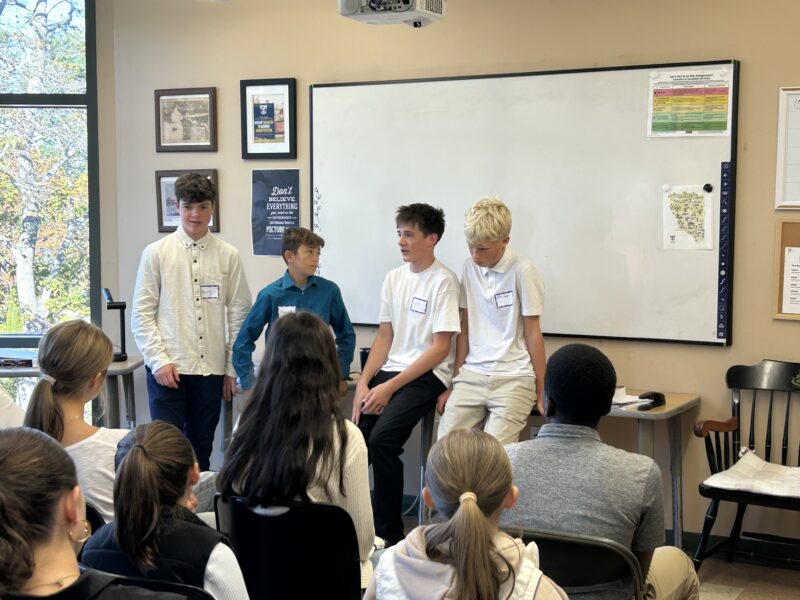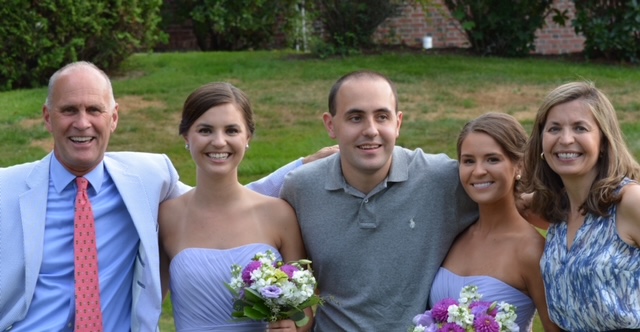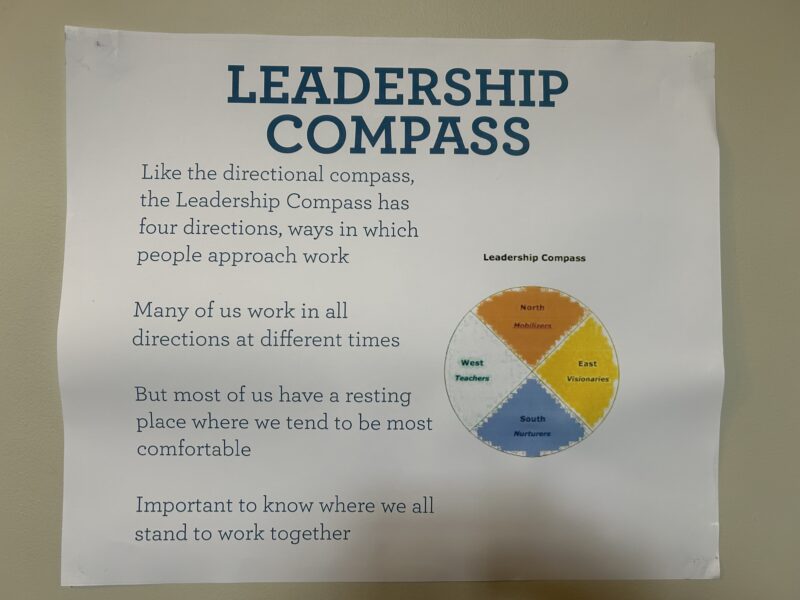So, I was watching the awesome US women playing World Cup Soccer on Sunday night when this picture popped up on Facebook:
The 1986 Hyde Women’s Soccer Team… Yup, that’s me in full follicular glory… Thanks to my co-coach, Linda Bertschy ’82 (Yup, sister of Pam ’81), one of Hyde’s first truly great players, we had someone on board who actually knew the game… Anyway, back to Sunday night: Before long, team members, most of whom were watching the game on TV sets all over North America, were posting comments.
I dusted off and posted our team motto: “Take No Prisoners & Dress to Kill.”
I also posted, “Will always remember that team for its dramatic reversal of fortune: After going 0 & 8 in ’85, we turned around and won the MAISAD championship the next year, with essentially the same group of girls.” It was Facebook at its most fun.
Then as the evening wore on, it began to dawn on me that this team played an important role in Hyde history. Specifically, if the words “Motions/Effort/Excellence” mean anything to you – and that would be true of every person/family enrolled at Hyde in the past quarter-century – you’ve got the girls in this picture to thank. While the story is told in the book The Biggest Job We’ll Ever Have, I’ll “CliffNote” it here for you.
In 1985, I returned to the Hyde faculty after a three year absence… I coached women’s soccer… We were just plain bad… On the first day of practice, all I could think was What’s wrong with this picture?… Jewelry, make-up, purses on the field… Not sure where to start… I called these “athletes” together and basically said:
Okay, I know that many of you do not want to be out here. I’m not going to waste my time explaining why this will be good for you. So, for the next two months we are just going to do the things that real soccer players do: Show up on time – Bring cleats – Leave the purses at the dorm – Don’t wear make-up or jewelry – Do wear team practice uniforms – Behave like soccer players.
MOTIONS
We didn’t even mention win-loss records or strategies, but we did institute the “no tee-hee” rule after several of the girls would flub a kick and then laugh about it. My strategy was painfully (and perhaps embarrassingly… for me, anyway) simple: Make the consequences of failing to follow the “motions” of a responsible soccer player more distasteful than those resulting from following them.”
From The Biggest Job:
Our unpleasant player/coach relationship lasted for a good part of that initial season. Our record was 0 and 8… We didn’t score a single goal until midway through the season, and it was clear that other schools wanted to schedule us on their Parents Weekends so they could be assured a win for the home crowd. As a coach, I found it humiliating. I don’t believe the athletes cared. They didn’t perceive themselves as athletes in the first place.
EFFORT
Midway through the season some players took the step from the “motions” to the “effort” phase. Perhaps one experienced the euphoria of scoring a goal. Perhaps another was stopped in the lunch line and complimented on her fine play. Perhaps one’s parents were coming for a visit and she wanted to surprise them by playing in a game for the first time. For many, it was simply a case of the lesser of two evils: “Well, this guy Gauld seems to have us beat. If we have to play, I have to admit it’s more fun being out on the field than sitting on the bench.”

(Shelly Patrick ’87 & Melinda Baxter ’89 meditate on our prospects.)
EXCELLENCE
By the end of that first season, a critical mass of the players were at least exhibiting a minimum standard of enthusiasm, even if the motivation for this varied. That winter, when I was in the middle of my boys’ basketball season, a few of my soccer players had heard about a local indoor winter women’s league and wanted to know if they could play. Both stunned and ecstatic by the request, I wondered, “Could we have some positive momentum starting here?”
SYNERGY = MOTIONS Plus EFFORT Plus EXCELLENCE
The next fall I returned as soccer coach and began to steel myself for another tooth-pulling first week of trying to convince students with negative attitudes to play a game they didn’t want to play. However, I was surprised to see the few players at the “excellence” level serving as role models. (Two of them ultimately went on to become college players.) Furthermore, a core of kids at the “effort” level were now competing for starting positions. Bottom-Line: The number of players who wanted to do well now out-numbered those who didn’t want to be out there at all. Consequently, the girls with the negative attitudes were now falling into step with a more positive norm. The tide had turned.
From The Biggest Job:
Perhaps the most momentous event occurred in the first game that season: We Won! The players who had returned from the previous year were beside themselves with joy. Not only did they clearly prefer the “thrill of victory” to the “agony of defeat,” they wanted more of it. Well, they got more of it, ultimately going on to win their league championship that fall. Several of the girls entered that same winter league and soon were applying pressure on other team members to attend summer soccer camps. Several players did attend soccer camps and others played in summer leagues.
Success evolved into a tradition. In the following four years, the girls were state prep school champions three times and twice went on to participate in the New England Prep School Soccer Tournament, one year making the finals.
So, next time someone says “It’s time for you to get out of Motions,”… know that the whole Motions/Effort/Excellence continuum has its roots in the experience of Hyde’s late-80s women’s soccer players. I know. I saw the whole thing.
Onward, Malcolm Gauld


